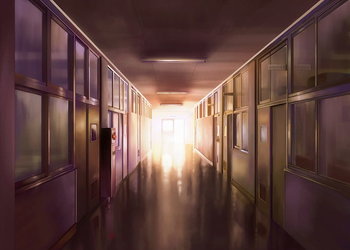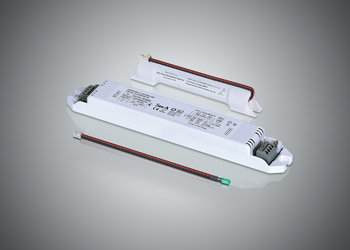EMERGENCY LIGHTING BRIGHTNESS LEVELS
The level of brightness required in the case of an emergency depends on the attributes of the area. It is not the light that falls onto objects but the light that is reflected into our eyes that makes vision possible.
Objects are differentiated by contrast, and changes in light are reflected in our eyes. Thus, a light object against a dark background requires much less light to see than a dark object against a dark background. The amount of light that falls onto an object (brightness) varies not only according to the location and power of the lamps used, but also the reflections from the environment around it. In many interior areas, a large percentage of the light that falls onto a given surface is reflected from elsewhere. In places where the walls, floor, and ceiling are painted in light hues, around 60% of the light at ground level is reflected from the walls or ceiling.
In rooms where decorative surfaces are dark (meaning that there is a low level of reflection), reflected light plays a small role in brightness levels. Reflected light might be disregarded altogether for venues where dark colours are chosen for the carpets, walls, and ceiling so as to elicit a feeling of cosiness, such as in night clubs or restaurants. All potential obstacles or hazards along an escape route must be brightly coloured. Such hazards include the edges of stairs, various barriers, and walls that are at right angles to the direction of movement. Light-coloured decorative elements are helpful in confined areas such as hallways.
Conspicuously coloured corners at points where changes of direction in escape routes occur can be helpful during evacuations. The level of brightness recommended as the minimum or average for a area must be regarded as the lowest acceptable level for a given timeframe, considering the possibility of voltage changes, a decrease in voltage, and battery and lamp degradation over time.



